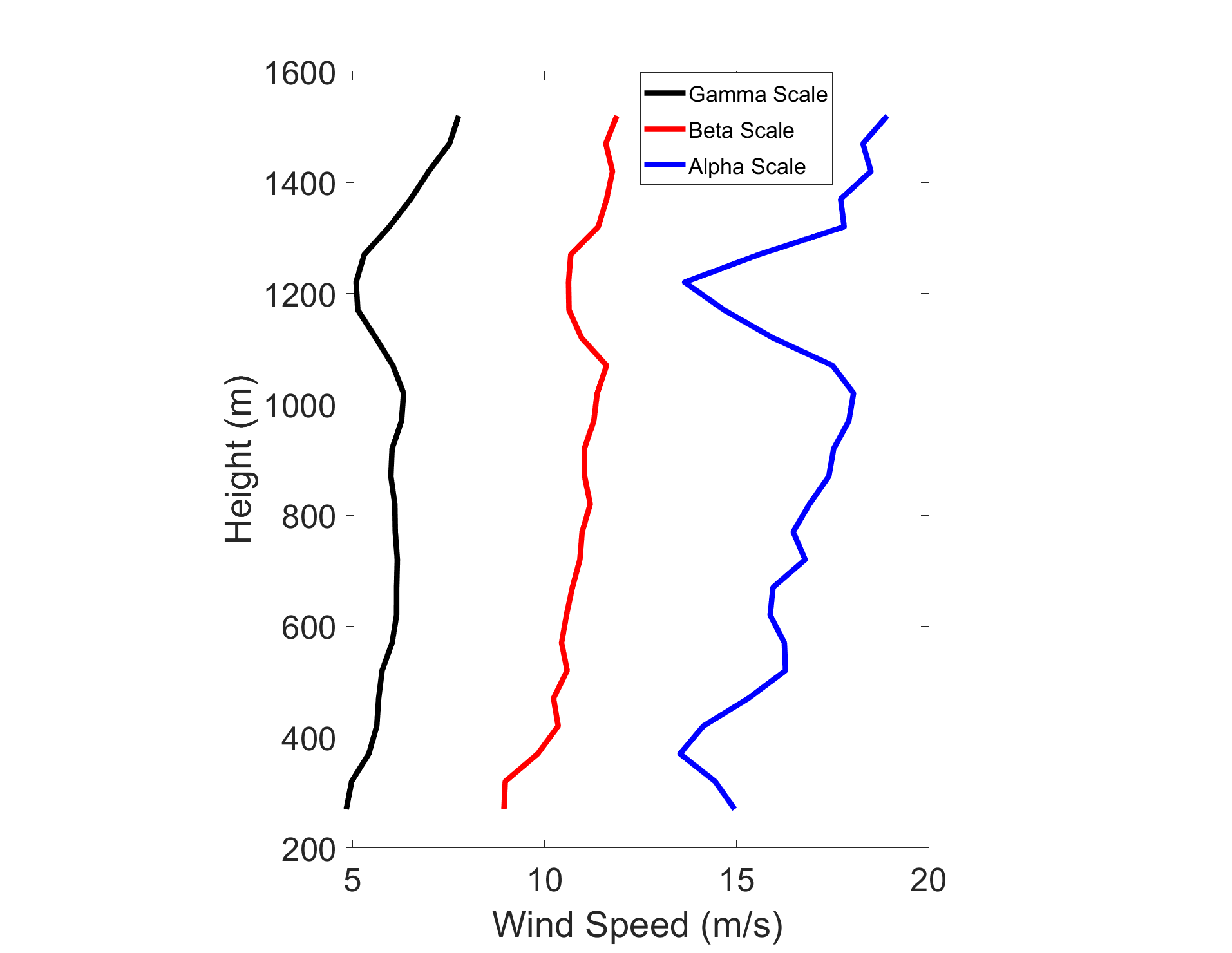Mesoscale Organization in Summertime Cumulus-Coupled Stratocumulus Observed at the Eastern North Atlantic Climate Observatory
Authors
Qiuxuan Zheng — Rutgers, The State University of New Jersey
Mark A. Miller — Rutgers, The State University of New Jersey *
Stephanie Braddock — Rutgers, The State University of New Jersey
Category
Warm low clouds, including aerosol interactions
Description

The processes that lead to mesoscale organization in cumuli-coupled stratocumuli, which are a prominent structural mode in the stratocumulus-to-cumulus transition that occurs over the Eastern North Atlantic (ENA), are relatively unknown. Cumulus-coupled stratocumuli can organize into mesoscale structures of different sizes across the transition region, and this organization may play a critical role in the cloud radiative forcing over the ENA and in other transition regions.
Sometime after the onset of cumulus-coupling in the transition process there is an additional structural transition, which we refer to as the organizing phase. During this phase, cumulus-coupling may be present in two modes: individual cumuli feeding a stratocumulus deck or as Marine Boundary Layer MBL Convective Complexes (MBLCC), which are clusters and clumps of cumuli of many kilometers in horizontal scale feeding a vigorous, thick, drizzling stratocumulus layer with defined edges.
We are developing composites of the size and structure of MBLCCs over the ENA. An algorithm was created that classifies the observed MBLCC during the summers of 2016-2019 according to their scale. To identify MBLCC, we used 30-minute composite KAZR effective reflectivity profiles and appropriate thresholds. A sequence of continuous radar composites that met our consistency criterion were identified as one discreet MBLCC and the scale computed using time-space conversion that employed measured wind profiles from the ENA radar wind profiler. Our procedure identified a total of 653 structures over the four summers. The horizontal scales of these structures ranged from 2 km to nearly 600 km and they were subsequently classified into three scales based on the traditional subdivision of mesoscale processes. Among all the MBLCC structures observed during the four summers, 46% were gamma-scale (2-20 km), 52% were beta-scale (20-200 km), and only 2% were alpha-scale (>200 km). Once the scales were identified, composites of the cloud geometry, cloud liquid water path, drizzle rate, virga depth, winds, and thermodynamic structure were computed. In addition, we used a conserved variable approach to examine the role of downdrafts in each of the mesoscale classifications.
Lead PI
Mark A. Miller — Rutgers, The State University of New Jersey

